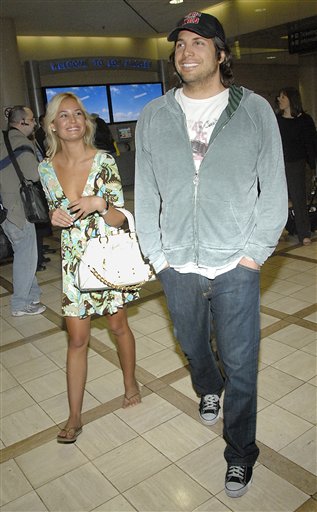Congress has been enacting laws concerning child pornography since the Protection of Children against Sexual Exploitation Act of 1977.
Law required individuals to establish proof that actors in sexually explicit materials were at least 18 years old
The purpose of the Child Protection and Obscenity Enforcement Act of 1988 was to criminalize the transmission of depictions of child pornography via computers.
The law also required individuals who produced sexually explicit materials to maintain records establishing proof that the individuals portrayed are 18 years of age or older.
This provision was used to fine the producers of Girls Gone Wild, a series of videos featuring young females, often in party settings where alcohol is freely available, exposing body parts and sometimes engaging in sexual activity.
Congress further legislated on the subject of child pornography in the Child Pornography Prevention Act of 1996 (CPPA) and the Child Online Protection Act (COPA) of 1998. However, both of those laws were struck down, with the Court ruling that they were overly broad and infringed upon free speech rights.
John Vile is professor of political science and dean of the Honors College at Middle Tennessee State University. He is co-editor of the Encyclopedia of the First Amendment. This article was originally published in 2009.

